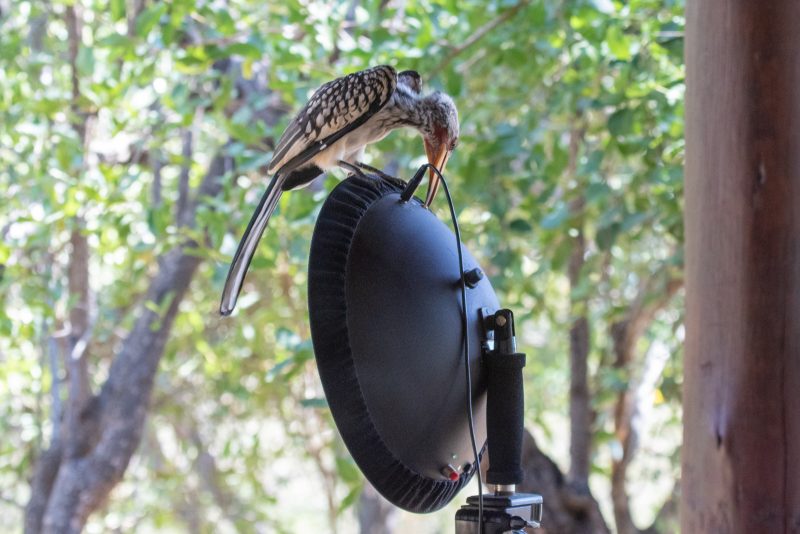Please tell us a bit about yourself, and why do you love biomapping?
I am a wildlife sound recordist, safari guide and enthusiastic amateur wildlife photographer. Biomapping gives another dimension to all of the data I collect, making it available to others whether professional or amateur.
What has your experience been during lockdown and has biomapping helped you in any way to cope with these new challenges we face?
Biomapping during lockdown has helped to focus attention to the smaller creatures and plants. A large Euphorbia cooperi in our garden (photo below) has been flowering for much of lockdown and producing copious amounts of nectar that in turn is attracting a wide variety of insects, spiders and small predators such as lizards. I have been able to photograph and learn about over 50 species of insects, most of which are new to me – a unique opportunity that has provided hours of pleasure and entertainment each day.

Where have you been biomapping during lockdown and what has the experience been like for you?
My biomapping has exclusively been on our home plot in Raptors View Wildlife Estate in Hoedspruit, Limpopo Province. Under level 4 of the lockdown period I, along with several friends, have been keeping busy surveying the birds of the estate. Rather than visually recording species, most of my records have been from sounds picked up by microphones and recorders placed at two points around the house allowing me to include many species of diurnal and nocturnal birds without having to venture outside at inconvenient times. Of course this means many hours in front of a computer analysing the many sounds, both mammal and bird sounds that have been captured. Lockdown days have therefore been very busy.

Have you learnt anything new?
Yes, macro photography which has been neglected in the past. New sounds made by birds, mammals and insects.

Anything interesting finds during your lockdown biomapping adventures?
A wide series of vocalisations by two families of Lesser Bushbabies Galago moholi living in different parts of the thatch roof of our house. An anxiety or alarm call by a Common Duiker that came early morning on various occasions and reacted to my presence with my sound equipment. There is no record of this call in the literature as far as I know.


